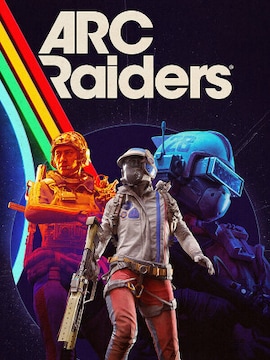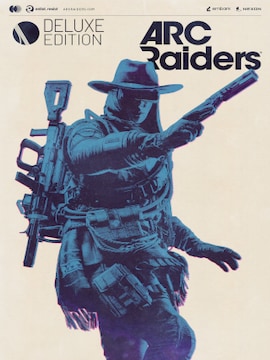The first-person melee RPG space isn’t exactly crowded. And when one does come along, it’s often saddled with poor combat, shallow progression, or an open world so bloated it forgets what it set out to do. Fatekeeper might just be the exception. It’s a passion project from developers who’ve been sitting on unfinished business for over a decade.
- Fatekeeper RPG Built by a Small Team With a Big Legacy
- Semi-Linear World Design That Respects Your Time
- First-Person Combat That Prioritizes Feel
- Magic as a Core System, Not a Side Gimmick
- Enemies Built to Challenge, Not Just Populate
- RPG Systems That Reward Commitment
- Visuals, Sound, and Worldbuilding
- Steam Page and What’s Next
Here’s everything you need to know about Fatekeeper: its combat, magic systems, progression, level design, and why it might be the first game in years to actually carry the torch for Dark Messiah of Might & Magic and the canceled Hellraid.
Fatekeeper RPG Built by a Small Team With a Big Legacy
Paraglacial is a new studio, but its core team isn’t. They’re ten former developers from Grimlore Games, the crew behind SpellForce III, a hybrid RTS-RPG that gained a cult following for its systems and atmosphere. Their goal wasn’t to make the next big open-world epic. It was to finish something they never got to start: a spiritual successor to Hellraid.
These developers loved Dark Messiah, they were excited about Hellraid, and they were tired of watching first-person fantasy action be sidelined. So they made their own. They wanted to show that tight, responsive melee combat can still carry an RPG if the design commits fully to it. And they’re not cutting corners.
Semi-Linear World Design That Respects Your Time
Fatekeeper skips the open-world trend. It’s a semi-linear experience. Levels are more like hubs with branching paths and hidden areas. Exploration and mechanics are designed to work together.
Each map is handcrafted. You’ll encounter blocked passages, hidden loot, optional mini-bosses, and NPCs. Replay value is built in. Depending on your build, some paths will feel easier or harder.
First-Person Combat That Prioritizes Feel
Combat in Fatekeeper is the focus. Inspired by Dark Messiah, with pacing from DOOM. Melee is fast, bloody, and precise.
Weapons vary: light swords for speed, heavy ones for impact, spears for range. This isn’t just button-mashing. It’s all about spacing, timing, and using the right tool.
Animations matter. Enemy attack tells are clear. You can predict and respond, but you’ll be punished if you’re sloppy. Dismemberment, physics, and finishers add weight.
Magic as a Core System, Not a Side Gimmick
Magic is more than a ranged tool. You’ll start with telekinesis: tossing enemies, triggering traps. Then build toward fire, ice, and environmental effects.
Fire can ignite oil or melt barriers. Ice can freeze terrain or enemies. Combining elements yields new interactions.
Magic also feeds into puzzle design. You’ll open paths, manipulate the environment, solve challenges with spells, not just keys.
Enemies Built to Challenge, Not Just Populate
Each enemy has tactics. Some shield, some leap, some flank. You’ll need to adapt constantly. Switch weapons or spells mid-fight.
AI is modular, reacting to player behavior. It’s not just about numbers but more about learning and adapting. Bosses bring unique mechanics, patterns, and require mastery of your kit. Every fight should feel different.
RPG Systems That Reward Commitment
Progression is split into combat style, attributes, and spell schools. XP feeds into meaningful decisions. You won’t max everything.
Inventory includes weapons, armor, accessories, and artifacts. Each with stats, bonuses, and trade-offs.
Visuals, Sound, and Worldbuilding
Expect grounded, dark fantasy visuals: ruined castles, torch-lit halls, haunted woods. Lighting and sound build tension.
No lore dumps. You learn the story through documents, dialogue, and environments. The developers want you to feel the world, not just read about it. That’s why every location is designed with purpose. Not just to look good, but to push you toward meaningful discovery.
Steam Page and What’s Next
The game’s already listed on Steam, where it’s pulled in over 10,000 followers — solid early interest for a new title. PC Early Access is set for winter 2025, and the devs are planning to shape updates based on community feedback.
The game isn’t aiming for mass appeal. It’s built for players who miss old-school, melee-heavy RPGs. Brutal, responsive first-person combat in a fantasy world that’s actually worth exploring.




